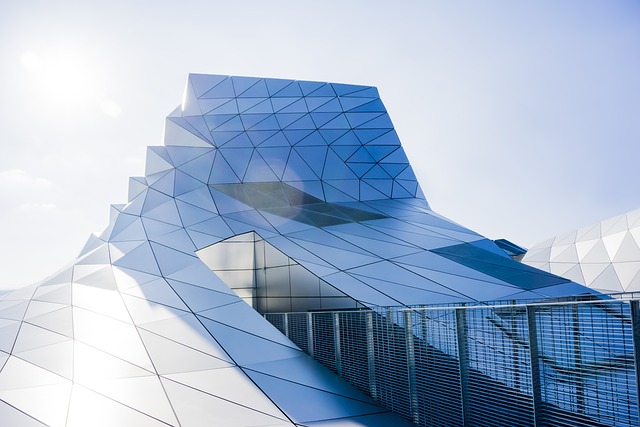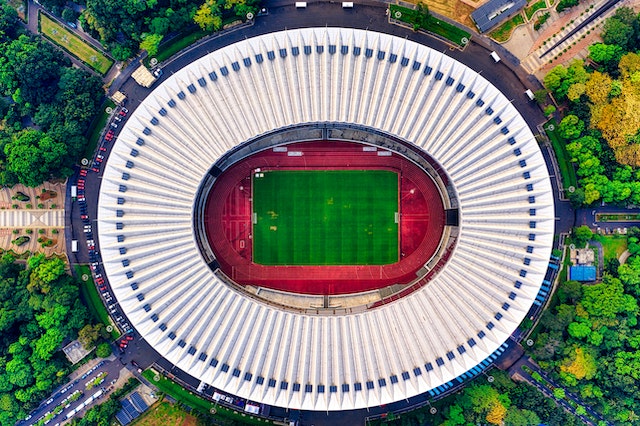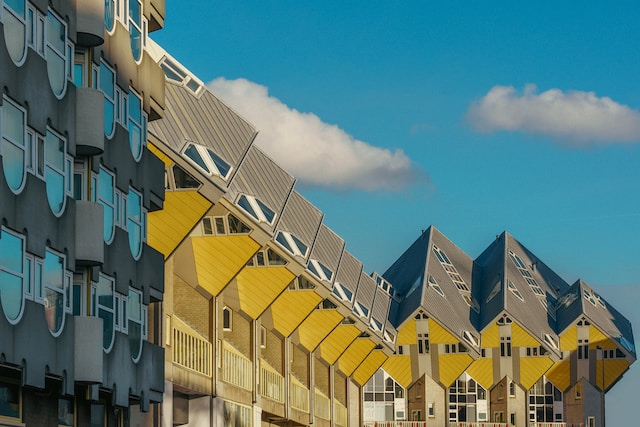The story of Europe is one of constant reinvention. As a professional architect, my journey has taken me through cobbled streets of ancient towns, and right beside, soaring skyscrapers echoing the future. One theme has always stood out – the role of contemporary architecture in the rebirth of urban spaces. When we discuss urban revival, it’s impossible not to focus on how cutting-edge designs breathe new life into European cities.
The Nexus of History and Modernity
Europe’s charm often lies in its rich history, with buildings centuries old dotting its cities. However, the introduction of modern designs doesn’t subtract from this charm. Instead, it adds a layer of contrast, making cities vibrant living museums. Through the prism of contemporary architecture, we’re rewriting urban narratives, giving spaces a renewed purpose.
1. The Allianz Arena, Munich, Germany
Home to Bayern Munich, this football stadium isn’t just about the sport. Designed by Herzog & de Meuron, its illuminated façade of inflated ETFE plastic panels makes it a glowing beacon in the Munich skyline.
Ecological Impact: The stadium’s design prioritizes sustainability, reducing carbon footprint. Community Centric: Beyond football, it serves as a communal hub, hosting various events and drawing residents and tourists alike.
2. The Shard, London, UK
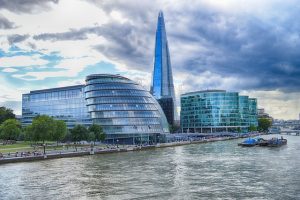
Rising above London’s historic landscape is Renzo Piano’s masterpiece, The Shard. This glass-clad pyramidal tower, standing at 310 meters, has reshaped London’s skyline.
Mixed-Use Spaces: Housing offices, restaurants, the Shangri-La Hotel, and an observatory, it’s a microcosm of urban life.
Economic Boost: Its presence has sparked Southwark’s development, with businesses thriving in its vicinity.
3. Euralille, Lille, France
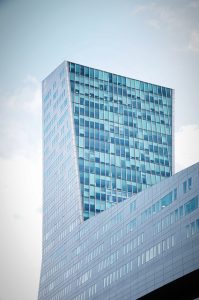
This ambitious urban project transformed Lille from a sleepy town to a bustling European hub. With designs from celebrated architects like Rem Koolhaas and Jean Nouvel, it’s a confluence of transport, commerce, and culture.
Transportation Hub: Centralizing train services, it links major European cities, invigorating Lille’s economy. Cultural Revival: Housing the Lille Grand Palais, it’s rejuvenated the cultural scene, drawing global attention.
Societal Impacts of Architectural Rejuvenation
Architectural evolution isn’t merely about bricks and mortar. It’s intrinsically linked to the society it serves. As European cities embrace contemporary designs, they also undergo societal shifts.
Social Integration and Inclusion
Modern designs, with their open spaces and communal areas, promote social cohesion. The Superkilen park in Copenhagen, Denmark, exemplifies this. Designed by BIG architects, this urban space celebrates global culture with installations from over 50 countries.
Cultural Celebration: From Moroccan fountains to Japanese cherry trees, it’s a global mosaic. Community Building: Offering spaces for sports, picnics, and gatherings, it fosters community spirit.
Economic Revitalization
Innovative designs can morph declining areas into booming commercial hubs. Take, for instance, the Porta Nuova district in Milan, Italy. Once an industrial wasteland, it’s now a thriving business and residential area, boasting sleek skyscrapers and the lush Library of Trees park.
Attracting Business: Multinational corporations, drawn by its modern infrastructure, have set base here. Boosting Tourism: With landmarks like the Vertical Forest, it’s a must-visit for tourists.
Challenges and Triumphs of Integrating the New with the Old
Every coin has two sides. The seamless integration of contemporary designs into historic settings, while captivating, presents its own set of challenges and opportunities. Navigating this landscape requires not only architectural prowess but a deep understanding of history, culture, and urban needs.
Preserving Historic Fabric
One of the paramount concerns when introducing contemporary structures is the preservation of a city’s historic and cultural essence. The Louvre Pyramid in Paris stands as a testament to this balance. I.M. Pei’s glass pyramid, though distinctly modern, complements the Renaissance architecture of the main palace.
Sensitivity to Heritage: While the pyramid introduces a modern entrance to the museum, it does not overshadow the grandeur of the Louvre. Functional Design: The pyramid facilitates natural lighting for the museum’s underground lobby and provides a central focal point for its sprawling layout.
Sustainability and Eco-Conscious Designs
Modern designs in historical settings also offer the opportunity to incorporate eco-friendly and sustainable technologies. The CaixaForum Madrid, a cultural center in Spain, showcases this perfectly. Designed by Herzog & de Meuron, this former power station is now a model for green architecture.
Vertical Gardens: A living wall, designed by botanist Patrick Blanc, purifies the air and offers an organic contrast to the building’s steel structure. Optimal Resource Utilization: The building incorporates rainwater harvesting and natural ventilation, making it a green beacon amidst Madrid’s historic heart.
Melding Dreams with Reality
At the heart of these urban transformations lies the architect’s vision. As I pen down my thoughts, memories of my first project in a historic European town flood back. The challenge was not just to create a structure but to craft a narrative that harmoniously married the past with the future. And this, I believe, is the essence of our role. We aren’t just building structures; we’re weaving stories, histories, and aspirations into tangible forms.
My architectural explorations across Europe have underscored a vital lesson. As we thread the future with design we’re crafting experiences, vеnurturing communities, and propelling economies. The harmony between the old and new, the ancient and the avant-garde, is what makes European cities dynamic canvases of human endeavor and imagination.

